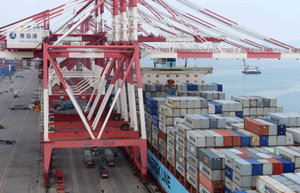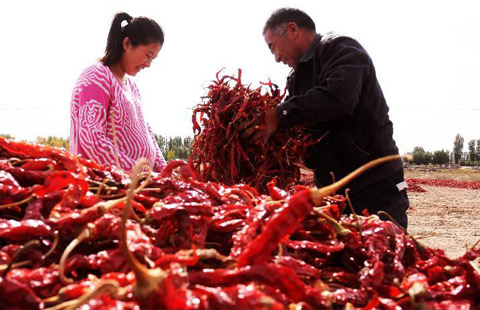Time for government to continue cracking whip for sustained progress
By Rocky Tung (China Daily) Updated: 2014-10-20 08:09Moving further upstream, weakened steel demand would translate into lower demand for iron ore. With weaker-than-expected demand, the iron ore inventory reached a record level in June, with 113 million metric tons sitting at ports. Prices will continue to be depressed, and that means private mines in the country burdened by high costs will need to close. Similar negative pressure is expected in the coal sector, even if to a lesser extent because its downstream customers, for example, power plants, are a bit more diverse.
The importance of the property sector to the Chinese economy is significant, and a collapse of the sector needs to be avoided.
In the medium-term, property demand should be led by the government's urbanization plan. The urbanization rate reached 53.7 percent last year, surpassing the 51.5 percent target of the 12th Five-Year Plan (2011-15), but it is still far behind developed economies such as Australia (89.2 percent) and the US (82.4 percent), or even emerging economies such as Brazil (84.6 percent) and Russia (73.8 percent)
Continued urbanization will also improve the standard of living for people who now live in rural areas, because the average income for urban dwellers tends to be higher. In fact, the difference in income between rural and urban households more than doubled between 2006 and last year, from 7,458 yuan a person to 15,972 yuan a person. The government aims to reduce income inequality and improve the standard of living of its people, and urbanization may be a means to that end.
The medium-term outlook for China remains bright, but, as John Maynard Keynes famously said, "in the long run we are all dead", and short-term challenges should not be neglected. While a moderation of growth is expected as reform takes place, a free fall would do tremendous harm.
The author is an economist for Coface in the Asia-Pacific region. The views do not necessarily reflect those of China Daily.
|
 |
 |
| Weak inflation makes more room for policy change | Slower growth likely in 2015 |
- Time for government to continue cracking whip for sustained progress
- Spreading the right word to the world
- Cultural and creative industry fair in Nanjing
- Top 10 game developers
- Concerns rise as GMO debate shifts from field to dinner table
- Panasonic president upbeat on Chinese economy
- EU opts not to investigate on China’s telecom imports
- New members for think tank council
















